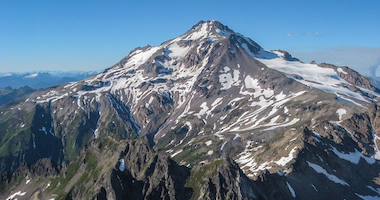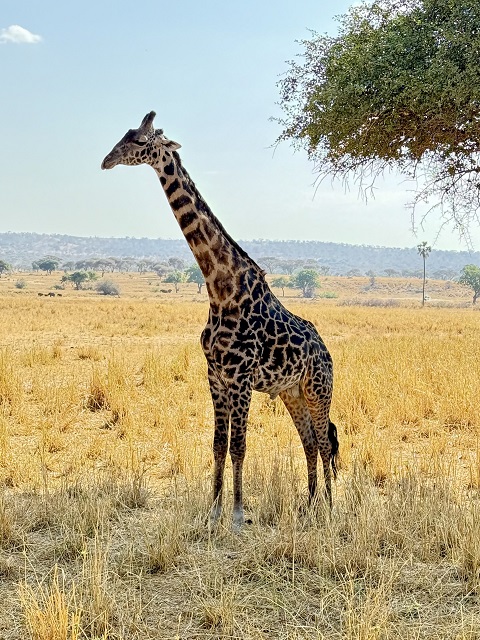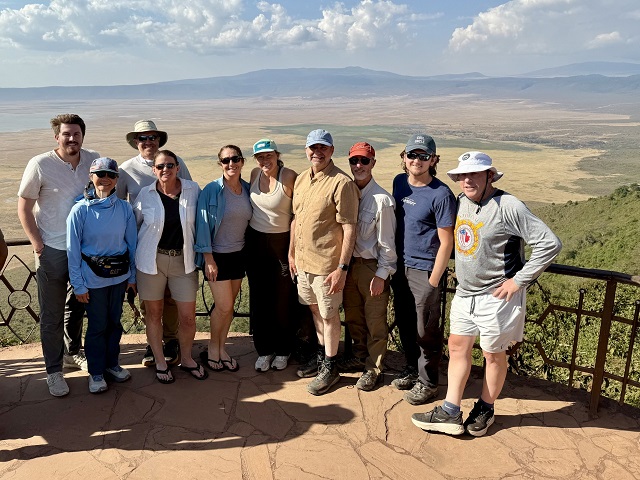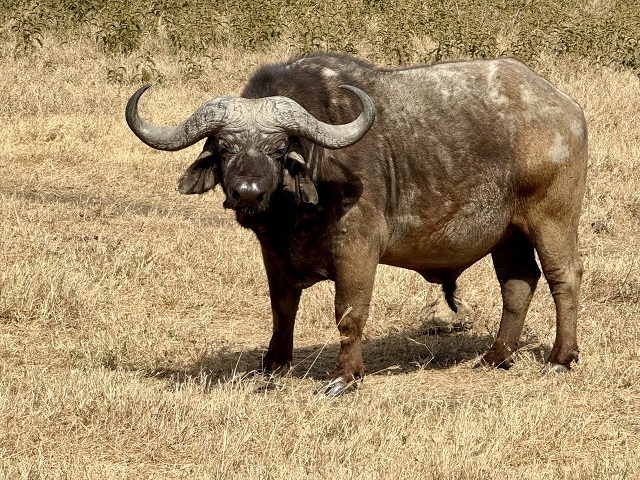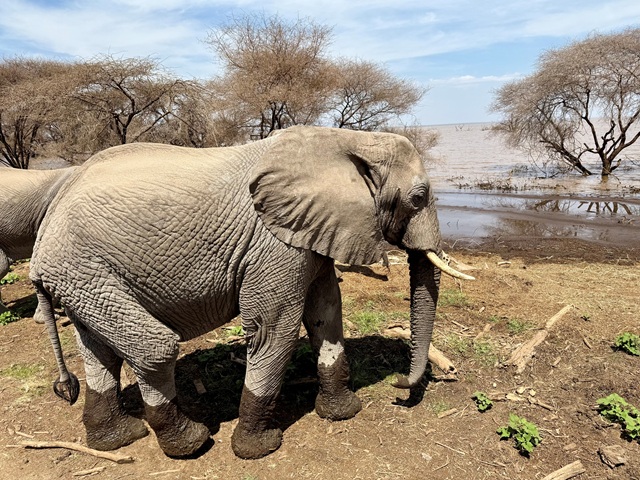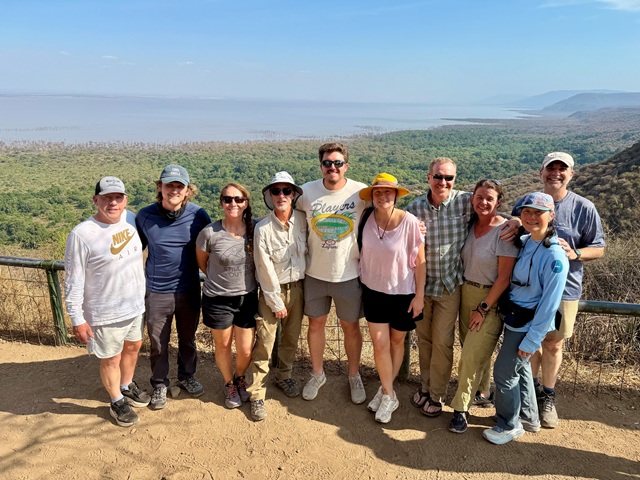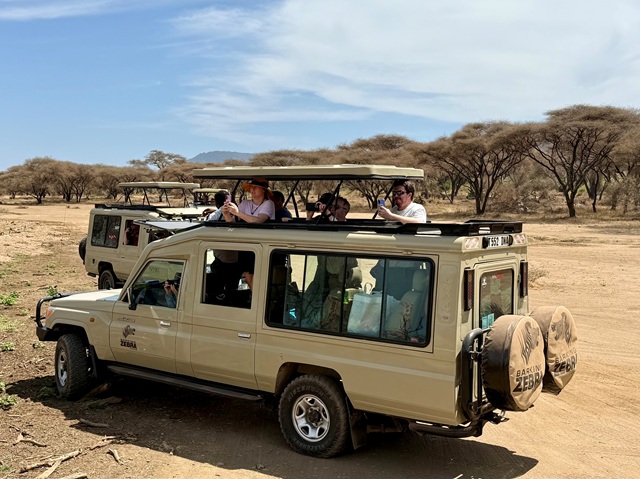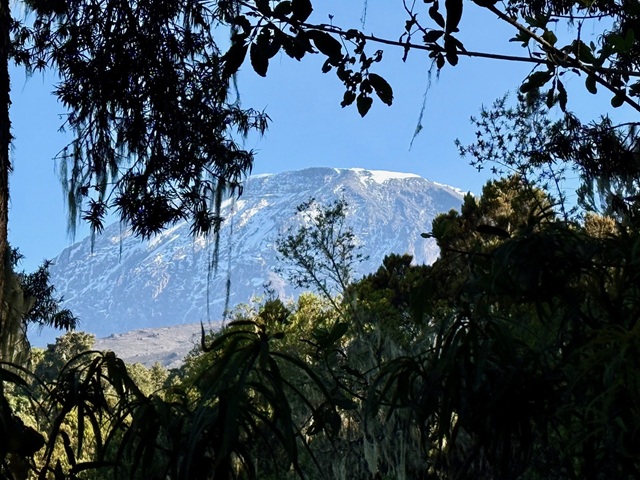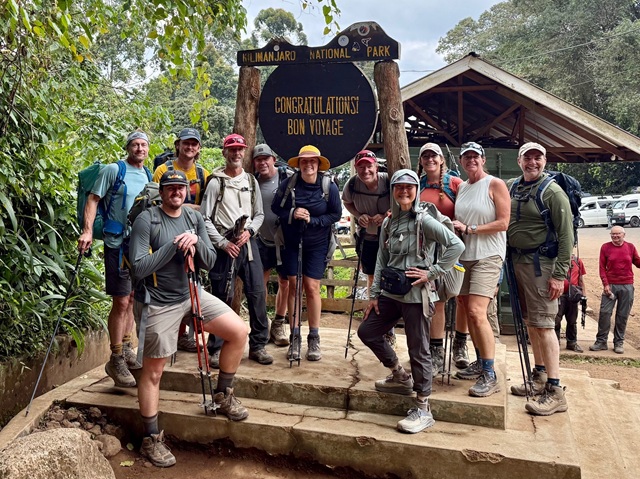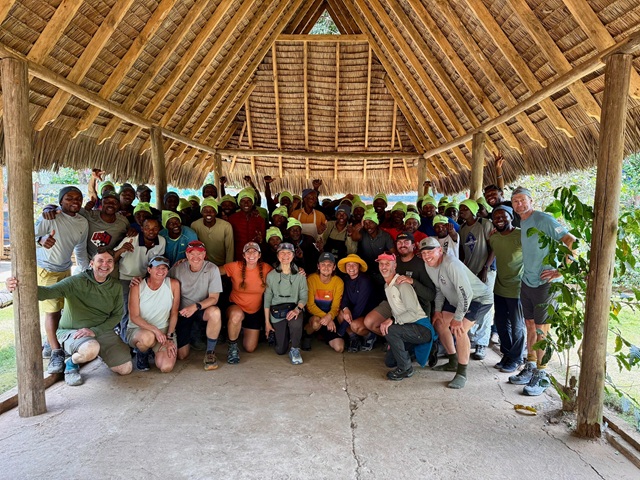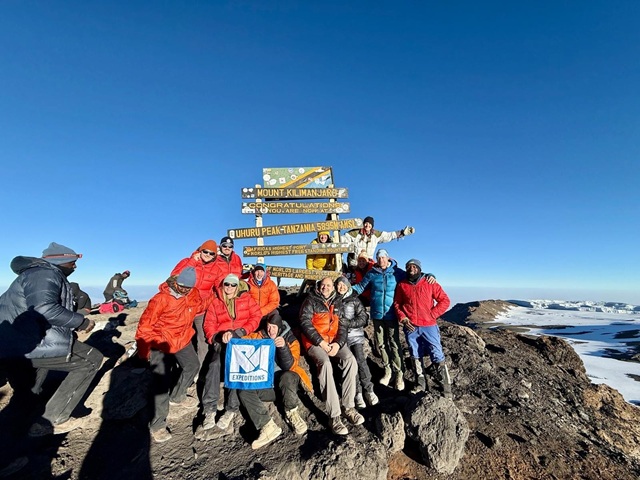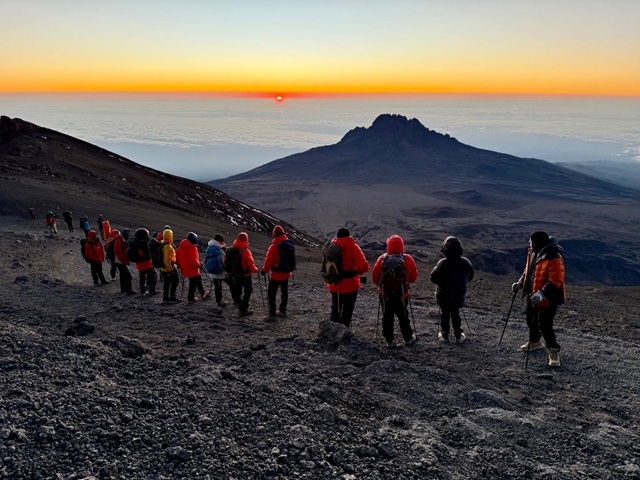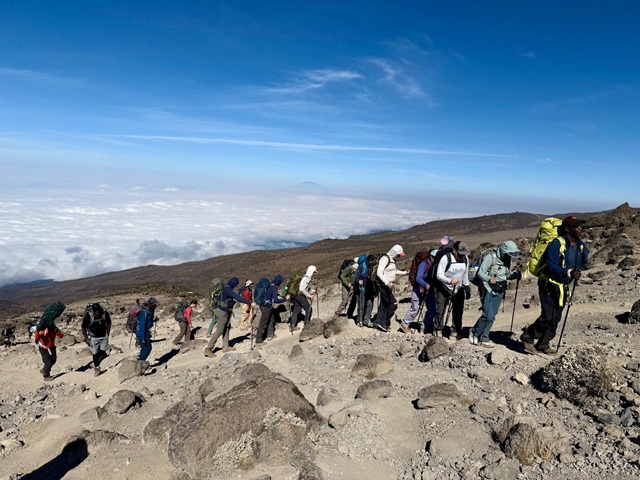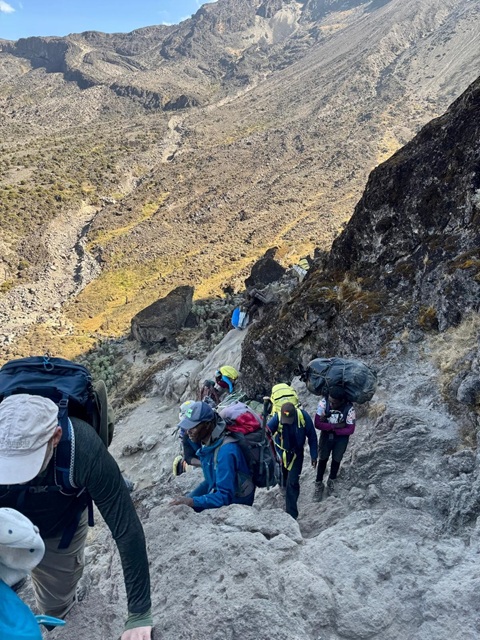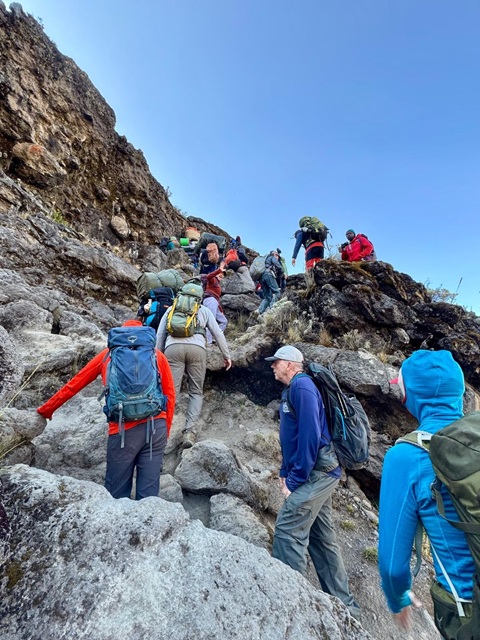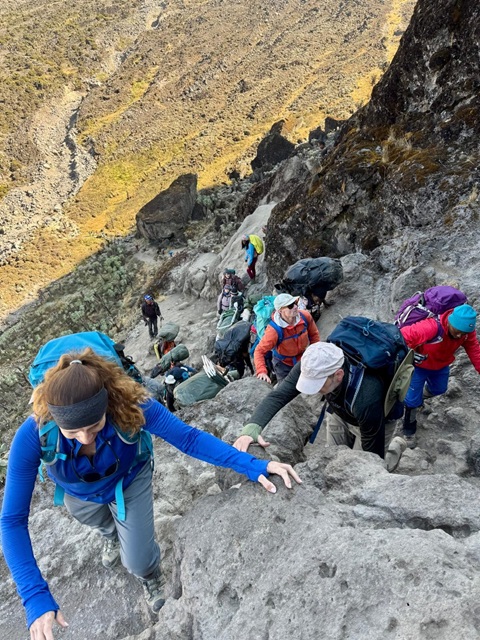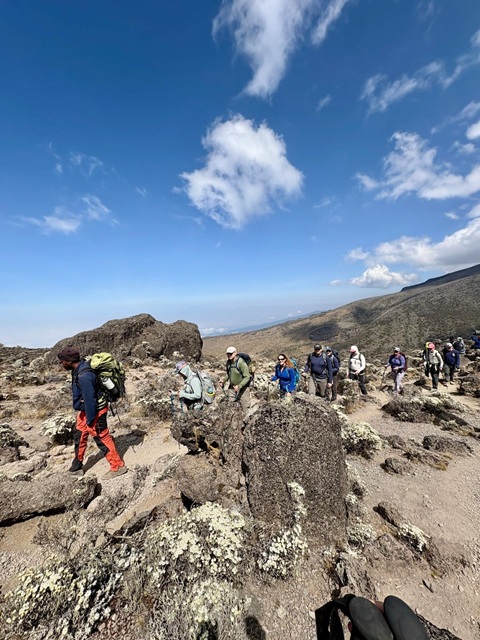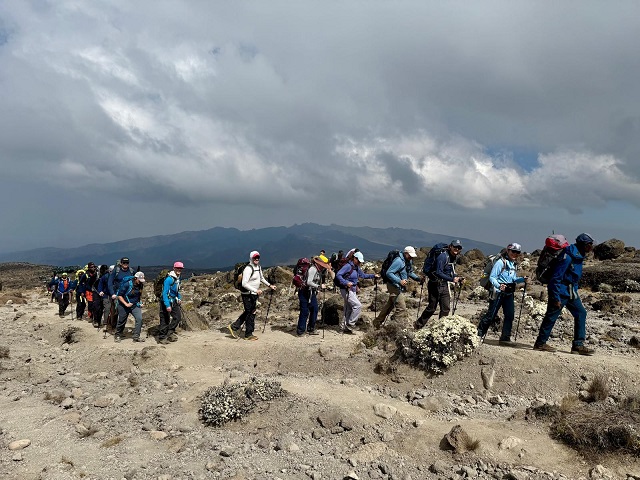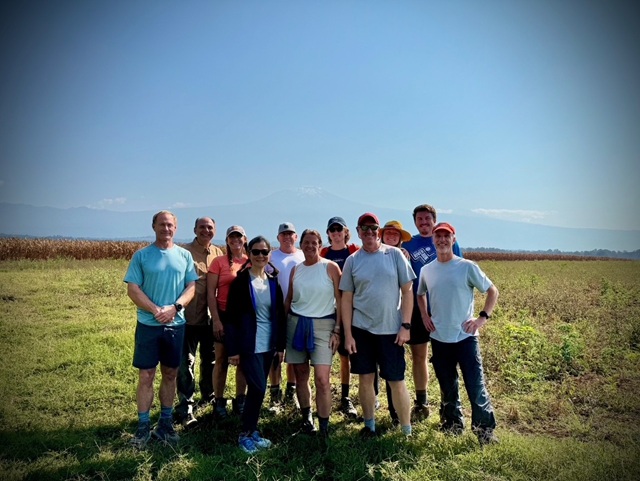Entries from Expedition Dispatches
Hello again everyone,
The team awoke this morning to the soothing sound of rainfall. After a quick breakfast of cream of wheat and fried eggs we headed out into the downpour to test our waterproof pants and jackets. We had hopes of going on a long hike to help start our acclimatization, but after a short walk and a few rides on ski lifts we were greeted with more rain that eventually turned to snow. Although our adventure was short lived, everyone enjoyed riding the lifts, seeing the new snow and we even managed to climb just over 10,000 ft. We are excited for Elbrus.
After our brief and wet exploration we head back into town for a little last minute shopping, lunch and to make it back to our hotel just in time for a quick nap before dinner.
Dinner was nice and the team is adjusting to the fine Russian cuisine. Ever wonder why you don't see Russian restaurants in the States. Well, I assure you there is a reason. It almost seems as if there is an over abundance of Dill and the locals are attempting to eradicate it by ingesting it. For some reason they have volunteered us to help them with this.
Dill-icious!
That's all for now. The team is doing great and we are looking forward to moving further up the mountain tomorrow.
Posted by:
Categories: Expedition Dispatches Elbrus Southside
Greetings Everyone,
Casey here checking in from Russia.
Everyone is doing really well despite the standard jet lag we are all feeling.
The last few days have been busy with sightseeing in Moscow while trying to chase down missing luggage. The group spent the better part of yesterday seeing the sights, which included the Famous Red Square, St. Basil's, and the Kremlin. Some of the team even had a quick visit to Lenin's tomb. After our day in the city we wrapped up the day with a very traditional meal of beef stroganoff. I won't mention any names (Kevin) but someone thought it would be ok to order Nachos! Needless to say they were not quite up to US standards. Sometimes we just have to learn the hard way.
We woke early today for our 3 hour flight to Mineralyne Vody which is in the southern plains of Russia that lead to the Caucasus Mountains and Mt. Elbrus. After the standard delays that everyone encounters while traveling here we were on our way. The drive took us about 4 hours and was through the beautiful country side that reminds one of the Midwest (think of rural Ohio). There were sunflower fields that streched out as far as the eye could see. After a few hours of driving and a few near misses with the wandering cows we finally arrived at the Baksan Valley which leads to the mighty Elbrus. We are currently in a small ski town called Azau.
Our plan is to catch up on some much needed sleep and spend tomorrow hiking and taking in the views.
Stay tuned! more to come soon.
This is from KING 5 News special coverage about United Way's Climb for the Community up Mount Rainier, which took place July 5-8, 2009. The climb team, which was lead by mountaineering legend Ed Viesturs, included NFL Commissioner Roger Goodell, Seattle Seahawks coach Jim Mora and United Way CEO Jon Fine.
Posted by:
Categories: Expedition Dispatches Ecuador
Hola from Ecuador. We're all safely back in Quito, on the last day of our climbing trip. We hoped to climb Cayambe this morning, but the weather took a turn for the worse. All night the wind howled; by the time I woke at 11:00 pm, a cloud had descended upon the climbers' hut, and everything was covered in ice. I monitored the weather all night and early morning, but it wasn't improving at all. It was so icy outside that we struggled to stay upright just walking outside to get into our jeeps for the drive back to Quito. We were all excited for the ascent of Cayambe, but such is life in the mountains. We had great weather for Cotopaxi, and we wouldn't have traded that for anything.
So now we're all resting and packing, enjoying Quito this afternoon. We'll be on our way back north to the states shortly. Tonight we'll have our final dinner together as a team, and celebrate our experiences on the trip.
Thanks for keeping track of our journey!
Posted by:
Categories: Expedition Dispatches Ecuador
Last night we stayed in Ecuador's oldest hacienda, Guachala. After a good night's sleep, we traveled north to Otavalo. Currently we're enjoying a few hours in the world famous market, shopping for souvenirs and experiencing the indigenous culture. After lunch we'll drive up to the climbers' hut on Cayambe. The weather is beautiful right now, with a light breeze keeping it cool.
With any luck, we'll awake around midnight and summit Cayambe a little after sunrise. Then we're back to Quito for a final celebration dinner together before everyone heads back to the states. I'll touch base tomorrow to let you know how our climb went.
Cotopaxi summit! 100% of our climbing team reached the top of the beautiful 19,600' active volcano. We awoke at midnight to a clear and starry night, and started climbing at 1:30. A light breeze turned into a strong, cold wind that stayed with us most of the climb, but the skies remained clear and the climbing conditions were excellent. The wind eased on the summit, and we were treated to a beautiful morning with views of the surrounding peaks: the Ilinizas, Chimborazo, Antisana, and Cayambe, our next climbing destination.
We're all safely off the mountain, and enjoying the ammeneties at the Hacienda La Cienega. I'll touch base tomorrow with more, and hopefully some pictures. But right now there's a shower with my name on it.
Yesterday morning at Chilcabamba we awoke to beautiful weather: clear skies, no wind, and excellent views of Cotopaxi. After driving into Cotopaxi National Park, we hiked up to the climbers' hut on Cotopaxi at nearly 16,000'. Today there are some scattered snow showers and inntermitent clouds, but nothing too serious. We enjoyed a short hike to the glacier, and a review of ice axe and cramponing skills. This afternoon we're lounging around the hut. We'll hit the sack early tonight, in order to rest enough before our alpine start--we'll most likely leave for the summit in the middle of the night.
I'll be in touch tomorrow. Hopefully the weather treats us well.
Buenos dias. Yesterday our team traveled to the Pasachoa protected forest for an acclimatization hike. Despite rain and a muddy trail, we enjoyed our hike through the cloud forest, reaching over 12,500' of altitude before heading back to Quito. Hot showers felt good upon our return, as did dry clothes. We dined at a great authentic Ecuadorian restaurant. Cuy (fried guinea pig) and chicha (fermented corn cider) were sampled, as were the classic dishes of fried pork fritada and llapingachos (potato and cheese patties). This morning the sky is blue with some broken clouds, so were hoping to stay dry on our hike to the climbing hut on the Illiniza volcanoes. This hike will take us to over 15,000', and help prepare us for the altitude on Cotopaxi. I'll be in touch with more updates.
Posted by:
Categories: Expedition Dispatches Ecuador
Today we spent the day in the capital city of Ecuador, Quito. Everyone is still recovering from a long day of travel to get here. We spent the day going on a city tour with a local guide. On the tour we visited the colonial parts of town, historic churches, plazas, and the presidential palace, and we learned about the country's history from pre-Incan times through to the present. We then travelled north of Quito to visit Ecuador's namesake, the Equator. Here we took an interpretive, cultural tour, got to stand on the true equator, and sample some authentic empanadas, meat and cheese filled turnovers.
A light afternoon rain gave most of us an excuse for a quick siesta before dinner at the Magic Bean restaurant. The rain let up in the evening, and allowed us to wander the streets of the popular and lively Mariscal district of Quito, which was hopping was nightlife.
Tomorrow we head to Pasachoa, a protected cloud forest and very old volcano, for an acclimatization hike.
Posted by:
Categories: Expedition Dispatches Ecuador
Buenas tardes from Ecuador.
Our team is all safely back in Quito now, enjoying hot showers and rest before our final team dinner/celebration tonight. Yesterday we spent the morning in Otavalo, enjoying the expansive indigenous market. Then we headed up to the climbers' hut on Cayambe. After dinner we hit the sack early, in preparation for our alpine start and summit attempt. We awoke to perfect weather...no wind, clear skies (you could see both the Southern Cross and the Big Dipper from the same place!). After a midnight breakfast of oatmeal, bread and jam, and coffee and tea, we ventured out for the climb. The snow conditions were perfect, and it was most likely the most beautiful morning of our trip. The climbing went well, and we neared the nearly 19,000' summit when our climb was thwarted by a huge, impassable crevasse that guarded the summit. The snow bridge that had been used to cross the crevasse had recently collapsed, and we searched back and forth for another option. But in the end, we had to turn around ~250' shy of the true summit. The objective hazards were just too high to press on with any of our other possibilities.
Such is life in the mountains; the team did great, and we enjoyed a spectacular day of climbing. But we were kept ~250 feet away from topping out on the true summit. We dubbed our high point 'cumbre (summit) de los gringos.' Everyone was content with our climbing experiences today, and the great experiences of the entire trip to Ecuador.
Thanks for keeping track of us. Our team members will be on their way home soon. Check back on the 6/20, as RMI's 2nd Ecuador's Volcanoes trip of the summer begins. I'll be back in touch then!
PS...on the descent we scoped a new route, which I'm confident will enable us to get to the summit next week...if the weather cooperates. Stay tuned!
Previous Page
Next Page



